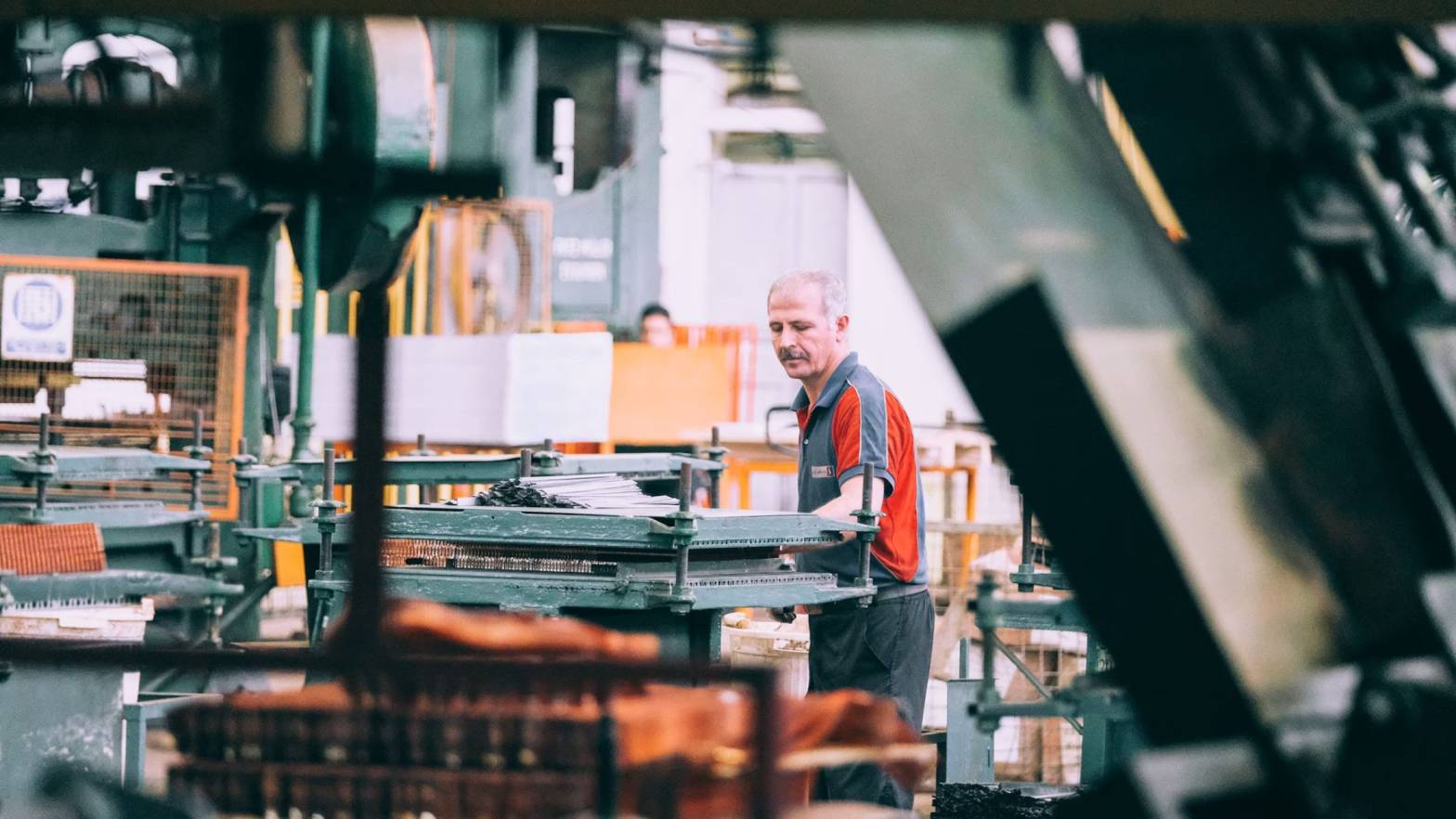In today’s rapidly evolving world of manufacturing, driving efficiency is critical. With fierce competition across markets, maximizing productivity and eliminating waste is essential for any manufacturing company looking to maintain a competitive edge. One crucial element in manufacturing efficiency is production line balance. This post will examine what production line balance is, discuss the basic concepts, and explore some strategies and best practices for getting it right.
At its core, production line balance is all about matching the time and flow of work from one station to the next across the manufacturing process. The goal is to allocate work equally and efficiently so that no idle time or bottleneck occurs, ultimately driving higher throughput and shorter cycle times.
The reason production line balance is so important is because it has the potential to improve overall manufacturing process performance. Successful line balancing allows companies to achieve greater productivity as well as shorter lead times and lower costs. It means more effectively handling customers’ demands, and gaining a competitive advantage in the marketplace.
Understanding the concepts that are critical to production line balancing is essential for a thorough understanding. Key concepts include line efficiency, takt time and cycle time. Line efficiency is a measure of how well a line is operating compared to its maximum possible output whereas takt time refers to the available time to produce one unit. Lastly, cycle time is the interval between the tasks that must be performed at each station in order to restock more parts.
Understanding Production Line Balance
When work is evenly distributed over multiple workstations or stations in a production line, this is referred to as production line balance. The objective is for each station to have a balanced workload, which eliminates bottleneck and idle time. This involves determining the optimal number of workstations, assigning tasks and ensuring that the appropriate resources are available in order to achieve the highest degree of efficiency.
A number of techniques can be used to balance the production line. One of the techniques is Bucket brigades, where the workers pass unfinished work from one station to the next in a bucket, ensuring that there is a steady flow of work. Another option is mixed-model assembly, which allows for different products or variants to be produced on the same line, making the utilization of resources more efficient.
Balancing the production line offers several advantages. For example, it reduces bottlenecks and idle time, increasing productivity and throughput. It also makes for smoother, more predictable operations, reducing the possibility for delays or disruptions to the manufacturing process. In addition, it means that resources are operating at their full potential (e.g. that all workstations are produced at their highest possible capacity).
Factors Impacting Production Line Balance
A variety of factors can lead to production line inefficiencies. Poorly designed workflows, inadequate training, suboptimal resource allocation, and reactive vs Proactive maintenance can all disrupt production line balance. Additionally, unexpected events such as equipment breakdowns or suppliers’ delays can disrupt line balance as well.
Efficient production relies on achieving a smooth flow of work. However, this doesn’t always come naturally, especially since tasks often vary in complexity and time. As the number of workstations on a production line increases, it also becomes increasingly difficult to avoid over or under-utilizing individual workstations. Here are some of the strategies you might use to maintain production line balance and improve both efficiency and throughput.
Bottlenecks are the name given to areas within a production line where the flow of work is restricted. As backlog and queue build, bottlenecks serve to restrict overall line efficiency and throughput. Identifying bottlenecks and understanding how they impact is essential if you’re to maintain line balance. By removing them or redistributing tasks, you can ensure that work flows evenly and line efficiency is improved.
If you’re to maintain production line balance in the long-term, there are a number of strategies you might implement. These might include workload leveling – the practice of redistributing tasks and resources so that all workstations have a balanced workload. Alternatively, you might have to cross-train employees so that they can be reassigned to different as and when required. Regular preventive maintenance will also reduce the risk of equipment breakdowns that might threaten to in balance the production line.
Best Practices for Achieving Production Line Balance
To achieve production line balance, it is important for manufacturers to set specific production targets to determine the appropriate number of workstations and allocate resources as needed. Also important is the continuous monitoring of KPIs such as line efficiency, cycle time and defect rate, among others, so that manufacturers can quickly identify areas for improvement and take corrective action.
Effectively scheduling and sequencing production is also critical to maintaining a balanced production line. Manufacturers can take advantage of advanced scheduling techniques such as the heijunka method, which smoothes out the flow of production by leveling out production orders and minimizing the amount of inventory that manufacturers have to carry. Sequencing tasks to meet their requirements and dependencies also ensures that the right materials and resources are on-hand at the right time, further improving overall line efficiency.
The integration of the various systems and processes that make up a production line is a key part of achieving line balance. The deployment of automation technologies such as robotics and advanced material handling systems helps to streamline the flow of work and reduces the potential for human error; integrating data collection and analysis systems with production line operations enables the real-time monitoring of operations, allowing manufacturers to quickly identify bottlenecks or other sources of inefficiency and take corrective action while there’s still time to make a difference.
Use line balancing optimization software
In addition to the strategies mentioned above, manufacturers can also leverage line balancing optimization software like LineView to achieve better production line balance. These software solutions use algorithms and simulations to optimize task assignments, resource allocation, and sequencing. By analyzing various scenarios and constraints, these tools help manufacturers achieve the most efficient and balanced production line.
Conclusion
In summary, mastering production line balance is a crucial aspect of achieving manufacturing efficiency. It involves distributing work evenly across workstations, identifying and addressing bottlenecks, and implementing strategies and best practices to optimize resource utilization. By maintaining a balanced production line, manufacturers can improve productivity, reduce lead times, and gain a competitive advantage in the market.
Production line balance is not a one-time effort, but rather an ongoing process that requires continuous monitoring, analysis, and improvement. It requires a combination of proper planning, employee training, efficient scheduling, and the integration of advanced technologies. Companies that prioritize production line balance will have a significant advantage in meeting customer demands, reducing costs, and staying ahead of their competition.
With so much riding on the efficiency of the production line balance, it is too important for your company not to take a step back and review the current status of your line balance along with areas for improvement. Look at the suggested strategies and listen to the best practices in this first post of the series to take significant steps in your quest to master production line balance and drive increased manufacturing efficiency and profitability.












